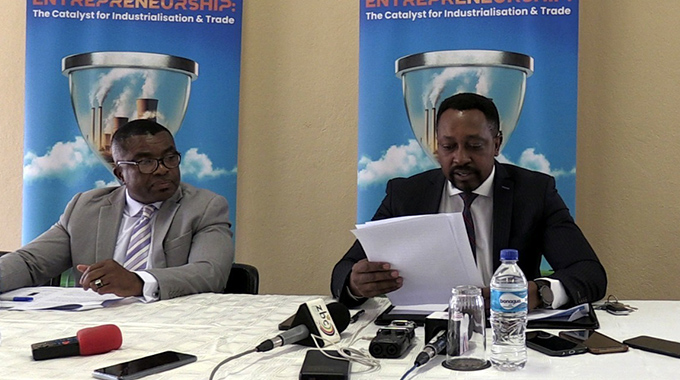Gold production from small-scale nosedives

Harare Bureau
Gold production from small-scale miners plunged to 959 kilogrammes last year from a peak of 17 tonnes in 2004, the miners’ lobby group said.
In 2005, artisanal or small-scale miners produced 12.5 tonnes of gold, equivalent to slightly over 50 percent of total production, and went on to produce virtually nothing in the subsequent three years.
Zimbabwe Artisanal and Small Scale Miners Council (ZASMC) president Wellington Takavarasha said a cocktail of operational challenges and lack of supportive policy contributed to the drop in gold output.
He identified lack of infrastructure, use of rudimentary tools, lack of geological information, funding problems and unskilled labour as the major problems.
“It is not an overstatement that small-scale mining helps people (mostly rural) to keep heads above the water, directly or indirectly,” Takavarasha said.
“Let us seriously consider and realise the significance of ZASMC to moulding powerful artisanal and small-scale miners by recognizing their existence.”
Zimbabwe is targeting to produce 15 tonnes of gold this year and requires minimum annual out put of 10 tonnes to return to the London Bullion Marketing Association, after its membership was cancelled in 2008 when output fell below required levels.
Takavarasha also cited gold smuggling, hostile legislative framework, unsafe operational environment, child labour, low regard for women miners and lack of compliance with legislation as other issues.
He said that government: “Should establish a regulatory and administrative framework with a view to promote a safe, secure, just and profitable artisanal and small-scale miner,” he said.
ZASM contends that an artisanal and small-scale miners policy was critical to encourage, facilitate and regulate small gold miners to mitigate the challenges.
Government has embarked on a drive to formalise the operations of all artisanal miners as it turns to small-scale miners to grow bullion output. The government has already allocated $100 million to capacitate small-scale miners operations.
About 1.5 million artisanal or small-scale miners are engaged in the trade on a full or part-time basis. ZASMC said 75 percent of the miners live in rural areas while about 70 percent were in gold mining.
The small miners lobby group also believes it is key to ensure optimal exploitation of minerals to enable this sector to contribute to the mainstream economy.
Artisanal miners also want government to issue them with gold mining licences and also want activities of other small-scale miners to be licensed.
They said it was also critical to license large scale miners in all minerals, reserve land for indigenous small miners and to limit rights for foreigners.
Takavarasha said that it was critical to understand the complexity and diversity of the sector and the extent of informal or illegal artisanal mining activities.
He added that resolving the issue of illegal miners needed to be addressed concurrently with fundamental challenges preventing ASM from being legalised.
The miners want a dedicated government division to coordinate and guarantee the long term sustainability of the artisanal and small mining.
They also want a division responsible for defining public policy for ASM and more dialogue with other mining bodies to ensure that the sector grows.











Comments